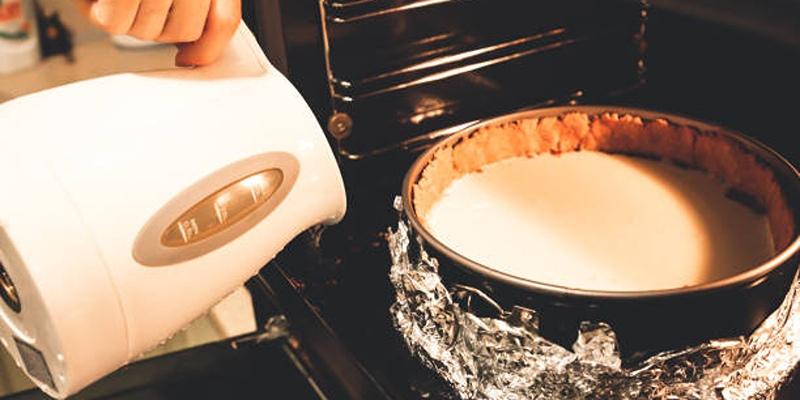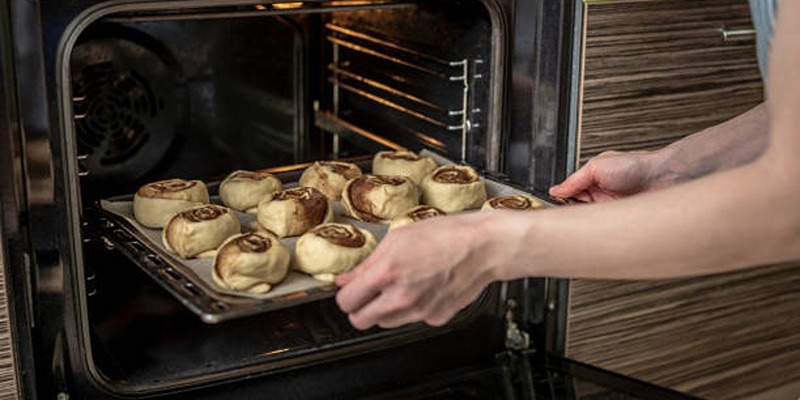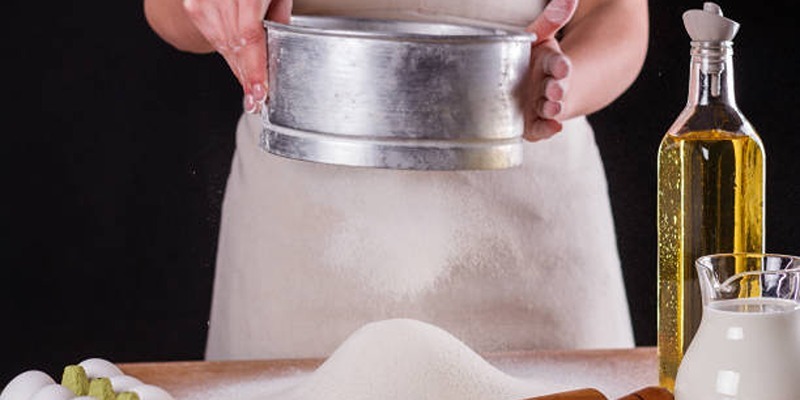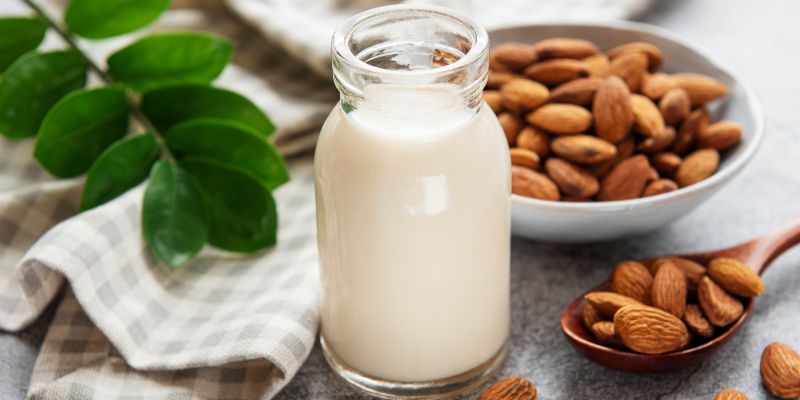Baking is a science, and temperature plays a crucial role in achieving the perfect outcome. When baked at too low a temperature, baked goods can exhibit a range of unexpected and often undesirable results. From cakes that collapse in the center to cookies that spread too thin, low heat can interfere with the chemical reactions necessary for proper rising, texture, and flavor development. The Maillard, responsible for that golden-brown finish and complex flavors, may not occur, leaving baked items pale and bland. Additionally, extended baking times to compensate for low temperatures can result in dryness and an uneven bake. Understanding these consequences is essential for both novice and experienced bakers to ensure their creations turn out as intended.
1. Extended Baking Time:
Baking at too low a temperature immediately leads to significantly prolonged baking times. Recipes are meticulously crafted to yield optimal results when followed precisely, taking into account the exact temperature needed for proper chemical reactions to occur. Lowering the temperature disrupts this balance, often requiring much longer to achieve basic doneness.
This extended baking can be frustrating and may cause other unintended issues, such as uneven texture, dryness, or even overbrowning of the outer layers while the inside remains undercooked. Prolonged baking can alter the flavor profile, sometimes resulting in a less desirable taste. Its crucial to adhere to the prescribed temperature to ensure the best possible outcome for your baked goods.
2. Undesirable Texture:
Texture is a vital element of any baked good. Whether it's the flaky crust of a pie, the crisp edge of a cookie, or the tender crumb of a cake, texture enhances the eating experience. Baking at too low a temperature can negatively impact these textures:
- Cakes and Breads: Instead of rising properly, they may become dense and heavy. Slow rising prevents the formation of air pockets, resulting in a compact, gummy texture.
- Cookies: Rather than achieving a perfect chewy-crisp balance, cookies may spread too much and become overly soft and greasy.
- Pastries: Flaky pastries like croissants and puff pastry rely on high temperatures to create steam that puffs up the layers. At lower temperatures, this process is hindered, yielding flat, dense pastries.
3. Inadequate Browning:
Browning is essential not just for aesthetics but for flavor. Maillard reaction and caramelization, responsible for the golden-brown color and rich, complex flavors in baked goods, require higher temperatures to occur efficiently. Baking at too low a temperature results in pale, insipid-looking products that lack the depth of flavor browning provides. This not only affects the visual appeal but also diminishes the sensory experience, making it less enjoyable to eat. Hence, achieving the right level of browning is crucial for creating baked goods that are both visually and gastronomically satisfying.
4. Dry and Tough Outcomes:

Ironically, lower temperatures can lead to dry and tough textures in baked goods. When baking at reduced heat, the longer baking time causes more moisture to evaporate from the dough or batter, resulting in an undesirable texture. Additionally, proteins may coagulate and harden excessively, making the final product tougher than intended. This issue is especially noticeable in delicate pastries and cakes, where achieving a light and tender crumb is crucial. Bakers must carefully monitor baking times and adjust moisture content to ensure the texture and taste meet desired standards.
5. Poor Structure and Rise:
Leavening agents such as baking powder, baking soda, and yeast are meticulously balanced to react at specific temperatures. These agents release gases that help dough and batter rise, creating the airy texture we love in baked goods. Baking at too low a temperature can prevent these agents from reacting properly, leading to poor rise and structure. This is particularly problematic in cakes and breads that rely on a good rise for their texture, appearance, and overall quality.
Without the proper rise, baked goods can end up dense, flat, and unappealing, missing the light and fluffy characteristics that make them enjoyable. Therefore, maintaining the correct baking temperature is crucial for achieving the desired outcome in your baked creations.
6. Flavor Compromises:
Lower baking temperatures can significantly compromise flavors. Spices, extracts, and other flavorings may not fully develop, resulting in a less aromatic and flavorful final product. The slow cooking process can cause some ingredients to react differently, potentially leading to off-flavors or a lack of the desirable tastes typical of well-baked goods. Moreover, the texture might not achieve the expected crispness or fluffiness, further diminishing the overall quality and enjoyment of the baked treats.
Underdeveloped Aromatics:
Aromatics are volatile compounds responsible for the characteristic scents in food. The heat of baking releases these fragrances, adding depth and complexity to the dish. Baking at too low a temperature doesn't allow these aromatics to fully develop, resulting in a less intense aroma. This can be especially disappointing when working with ingredients like vanilla or cinnamon that add a distinct scent and flavor to baked goods.
Muted Spices and Extracts:
Spices and extracts are potent ingredients that add depth and character to baked goods. However, when not heated sufficiently, they may not release their full potential, resulting in muted flavors. This can be particularly problematic in recipes where these ingredients play a crucial role, such as gingerbread or pumpkin pie.
Avoiding Low-Temperature Pitfalls:

To achieve optimal baking results and avoid disappointment, adhere to recipes closely and ensure your oven is properly calibrated. Here are some tips to help you steer clear of the pitfalls of baking at incorrect temperatures:
- Utilize an Oven Thermometer: Oven temperatures can be inconsistent, and built-in thermostats aren't always precise. An oven thermometer guarantees you're baking at the correct temperature.
- Thoroughly Preheat: Make sure your oven reaches the recommended temperature before placing your baked goods inside.
- Minimize Door Opening: Every time you open the oven door, you release heat, which can lower the temperature and impact baking times and results.
- Check for Even Heat Distribution: Some ovens have hot spots. Rotate your pans halfway through baking to ensure even cooking.
Conclusion:
Baking at too low a temperature can have numerous undesirable consequences, from extended baking times and poor texture to inadequate browning and flavor compromises. It's important to understand these potential pitfalls and take steps to avoid them, such as using an oven thermometer, preheating thoroughly, and monitoring your oven's heat distribution. By paying attention to temperature in baking, you can ensure your creations turn out perfectly every time.







